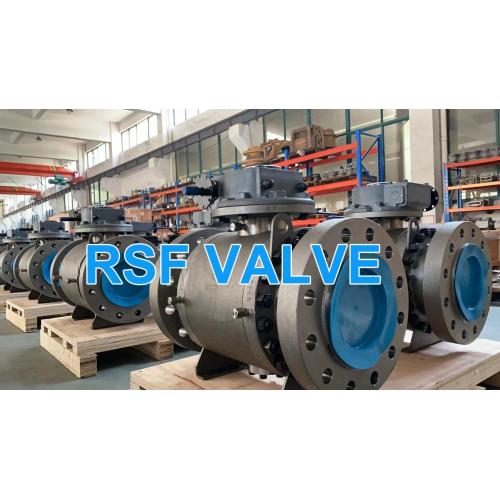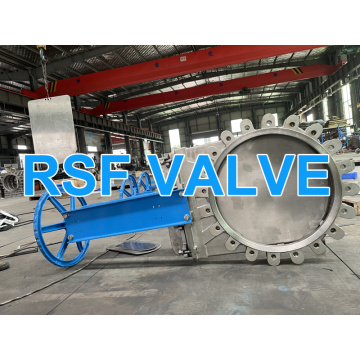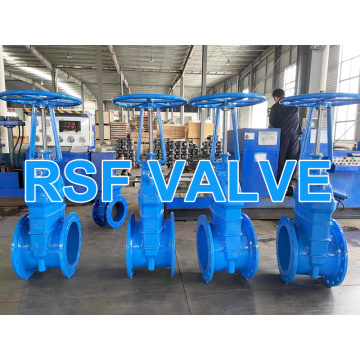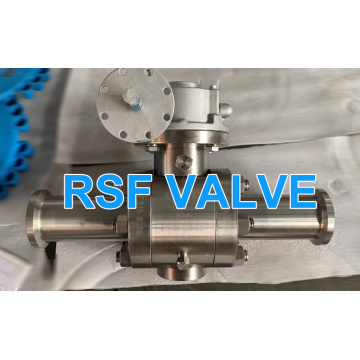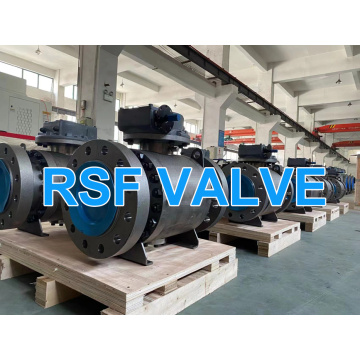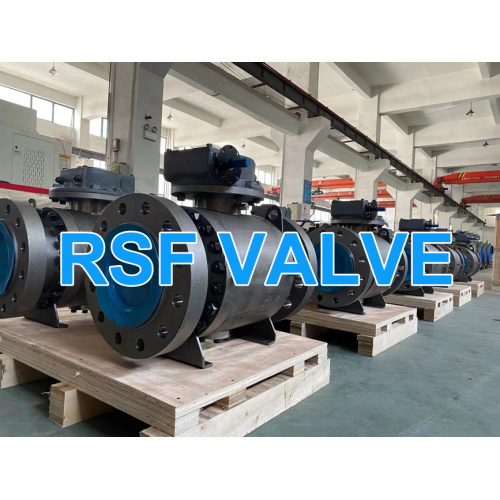
High Quality API 6D Trunnion Support Ball Valve
- Min. Order:
- 10 Piece/Pieces
- Min. Order:
- 10 Piece/Pieces
- Transportation:
- Ocean, Land, Air, Express
- Port:
- SHANGHAI
Your message must be between 20 to 2000 characters
Contact Now| Place of Origin: | CHINA |
|---|---|
| Productivity: | 10000PCS/YEAR |
| Supply Ability: | 10000PCS/YEAR |
| Payment Type: | L/C,T/T |
| Incoterm: | CFR,CIF |
| Certificate: | ISO9001, API 6D, API 6FA, API 607, CE/PED 2016/68/EU |
| HS Code: | 8481804090 |
| Transportation: | Ocean,Land,Air,Express |
| Port: | SHANGHAI |
Trunnion Ball Valve - How Trunnion Support (Support Plate) Ball Valve Works
API 6D Trunnion ball valves are quarter-turn valves used to stop or start the flow of a media in a pipe. The most common type of ball valve has a “free floating” design, so the trunnion type is a design change. Within a trunnion ball valve the ball connects to the stem on one end and on the other end a shaft called the trunnion. Due to this design change, the ball is held firmly in place. In a floating ball valve, the ball is only connected to the stem, and is therefore called floating.
Trunnion ball valves have many different advantages over free floating valves, they are suitable for low, and high-pressure applications, and offer lower operational costs then free floating ball valves. Learn more about ball valves in our extensive ball valve guide.
Advantage of API 6D Trunnion ball valve
Lower operational costs
A trunnion mounted ball valve provides lower operational costs due to the fact that any additional pressure on the valve is absorbed by the trunnion and the stem. This leads to a lower operating torque, and subsequently eliminates the need for a large actuator.
High pressure applications
For high pressure applications, a trunnion ball valve is the ideal ball valve design type. In the floating ball valves the ball has some freedom of movement. During use, the ball floats slightly downstream against the seat ring and creates a sealing only on one side of the valve. In addition, the torque on the stem is also increased.
This is the point where the trunnion design offers a solution. In the trunnion valve design, the ball is not floating as it is connected to the trunnion. This is advantageous since it will maintain a proper seal on both sides and there is no added torque to the stem. Therefore, for higher pressure applications a trunnion ball valve will provide better sealing and require less torque to turn.
Spring-Loaded Seats
Trunnion mounted ball valves are fitted with spring loaded seats. In a floating ball valve the pressure forces the ball against the seats, which creates a seal. Unfortunately the ball valve will need high pressure to create an effective seal, which would render them ineffective in low pressure systems.
Trunnion mounted ball valves are effective in both low and high pressure situations. In low or no-pressure situations the spring-loaded seats will create a seal, while also working for high pressure applications.
Trunnion double block and bleed (DBB) ball valves
Double block and bleed (DBB) is the process of shutting a pipe section on both sides of the valve rather than just one. Therefore a trunnion ball valve can block both the upstream and downstream sides of the working area and then vent (bleed) any pressure that remains in the piping and valve. A double block and bleed (DBB) is often used for stricter isolation of process fluid from other equipment. It usually consists of two trunnion ball valves that act as block valves and a bleed valve (usually ball or needle valve) to a safe location, consistent with local environmental regulations.
A DBB valve is a side-entry ball valve designed for downstream, midstream, and upstream gas and oil applications with either a welded or bolted body. The valve has two seats, each providing a seal against pressure separately. One seat seals the fluid from upstream, and the other seat seals the fluid from downstream. For a DBB trunnion mounted ball valve, when the valve is in the closed position, and the fluid comes from upstream, it pushes the seat against the ball to release the sealing.
When the pipeline is under pressure, the trunnion ball valve is closed. The fluid remains trapped within the ball, which creates a resultant pressure in the ball. The pressure within the ball rises when the temperature in the ball becomes higher. It is necessary to vent/bleed the pressure when the pressure in the ball becomes high enough. For a trunnion ball valve with a bleed function, the pressure in the ball pushes the seat back as the spring behind the seat compresses, and there is vent/bleeding between the sealing surfaces. According to API 6D specifications, the venting/bleeding is required at a pressure of less than 1.33 times the design pressure rating for the ball valves. However, several critical projects need to vent at a pressure less than 1.1 times the originally designed pressure.
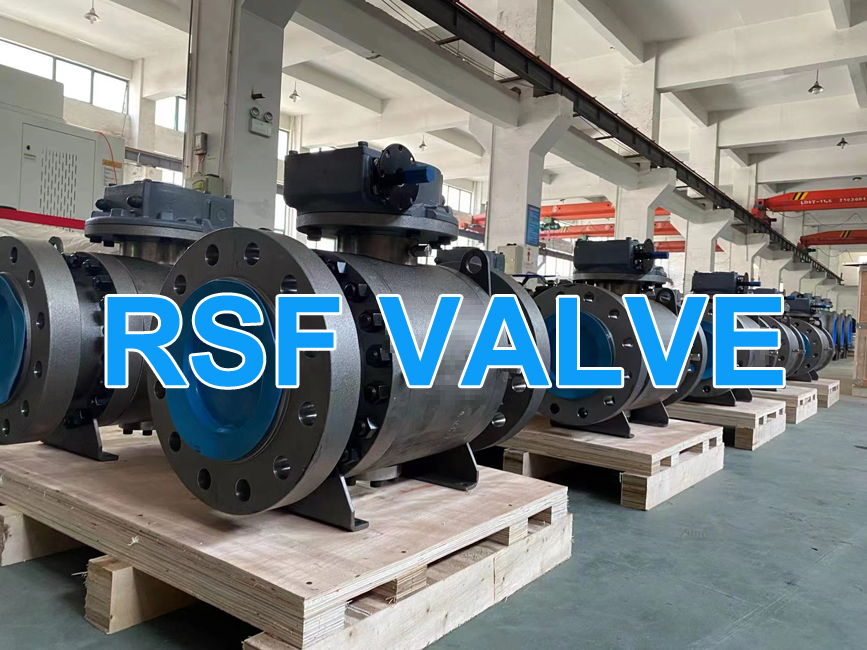
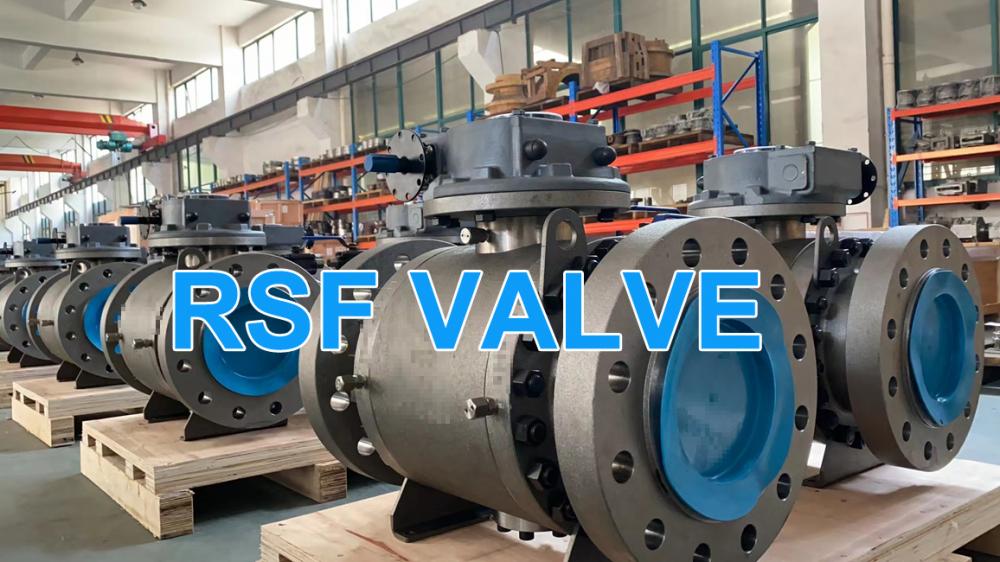
Related Keywords


